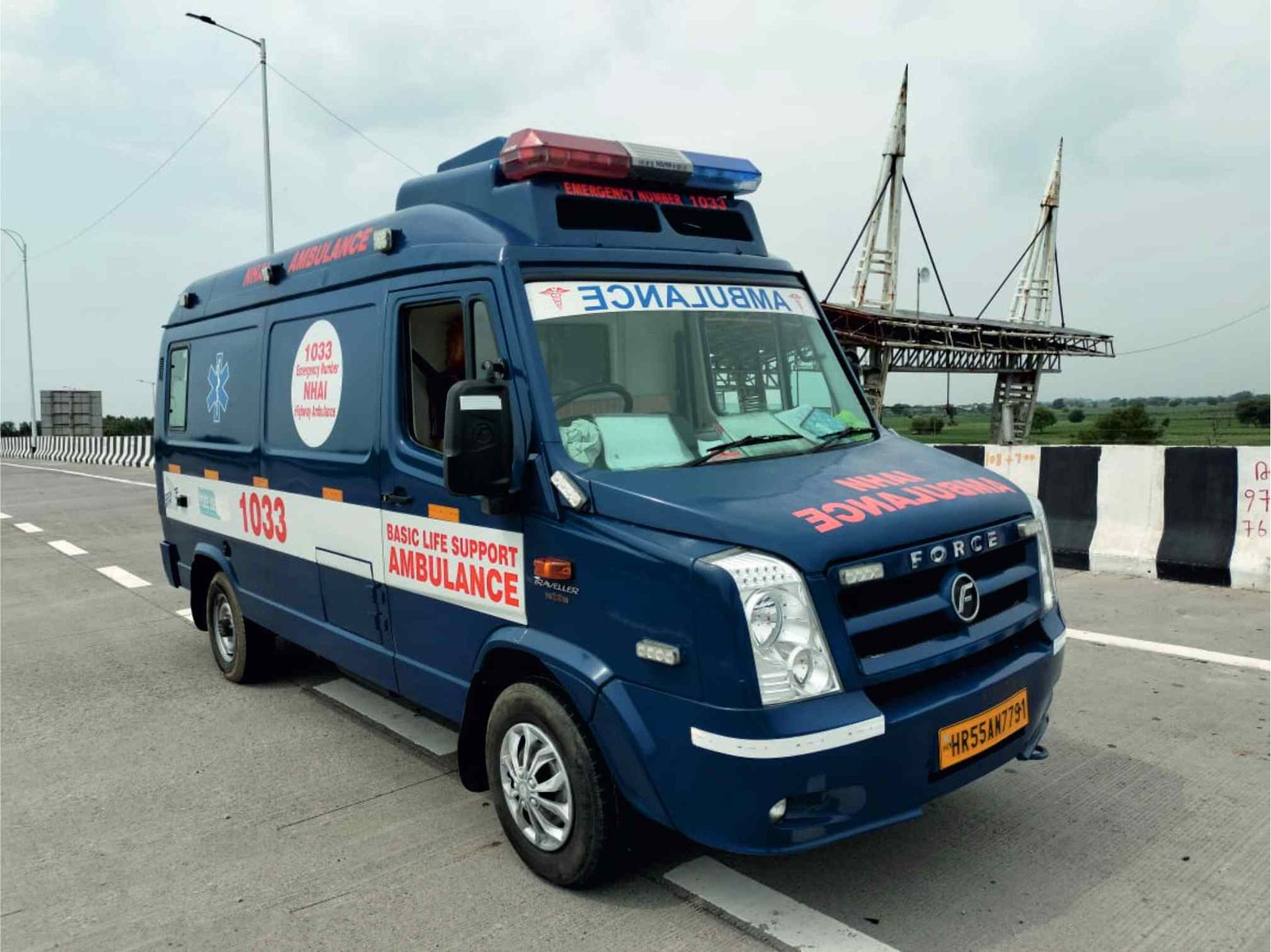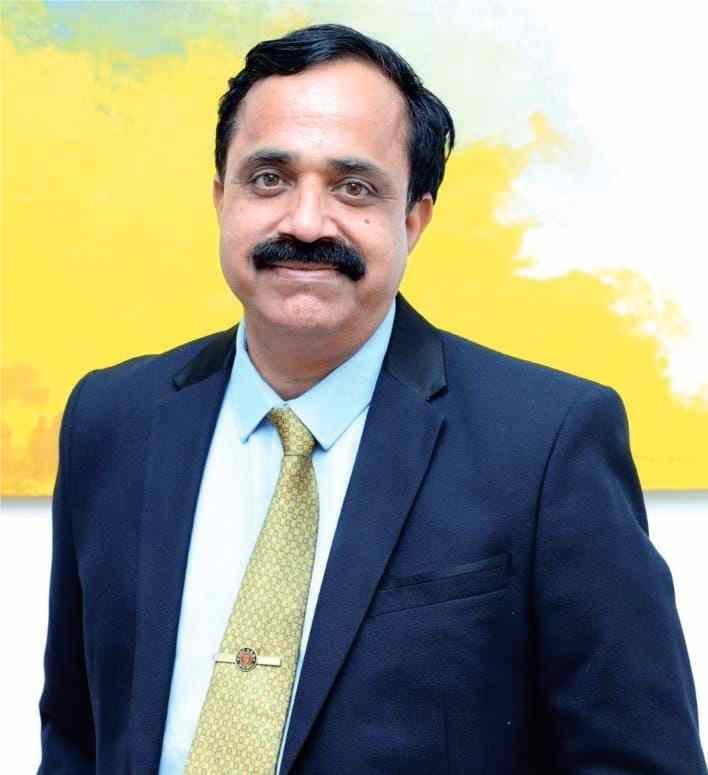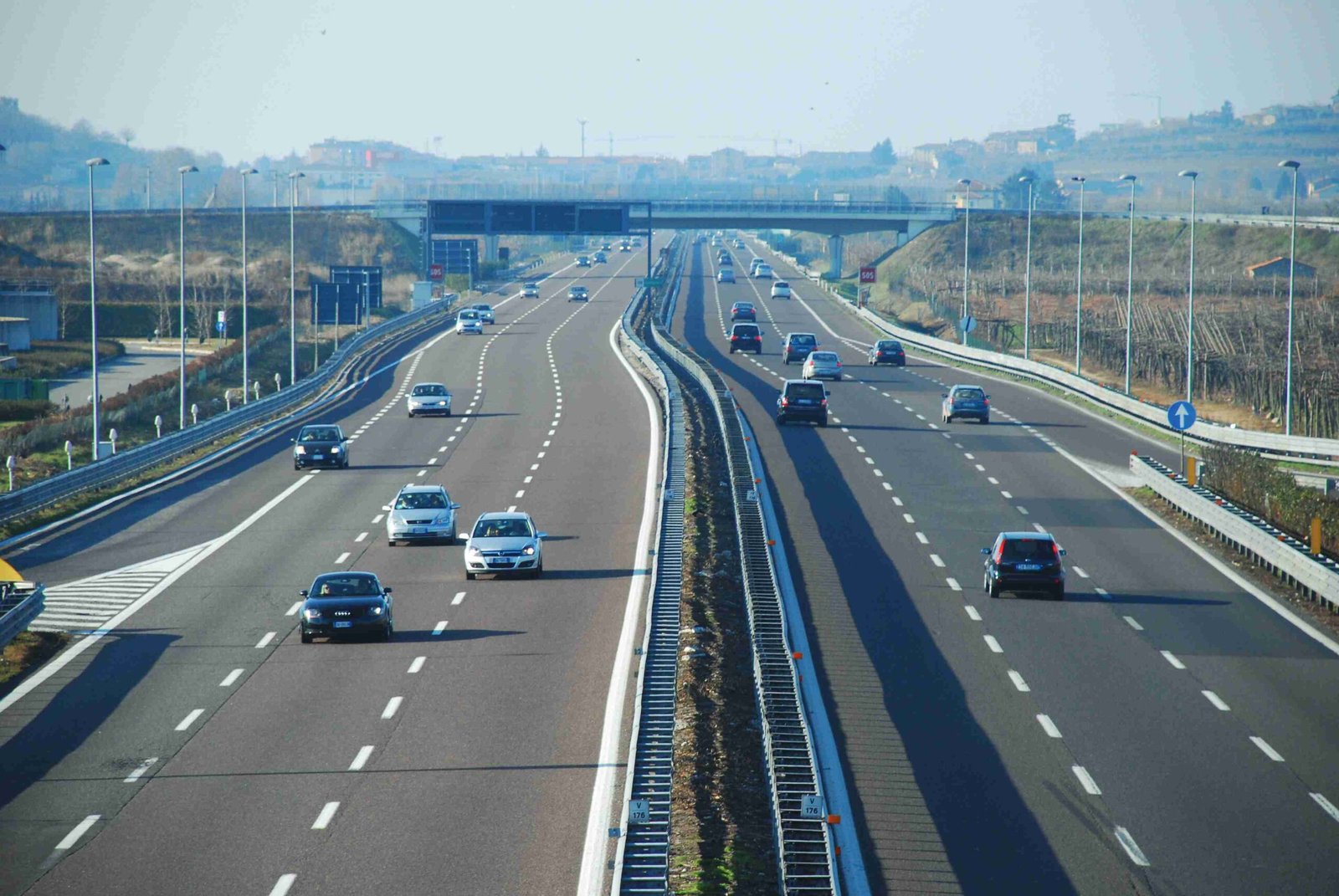

India’s highways continue to struggle with a high fatality rate, with one death every three minutes. Despite various initiatives, the situation remains grim. NH data for 2022 shows an accident/fatality ratio of 2.49. This raises questions about the effectiveness of the rescue management system on National and State Highways, writes Lt Col. Sunil Purohit , Head, Operations, Maple Highways, who has over 15 years of experience in the operations sector on National Highways.
The Model Concession Agreements (MCA), approved by Niti Aayog, limits the role of concessionaires in emergency rescue management to: –
- Construct a medical aid post building and two residential quarters at its cost and in accordance with the type designs prescribed for such buildings by the State Medical Department (or a substitute thereof to be designated by the Authority), and hand them over to the NHAI, no later than 30 days prior to Scheduled completion date.
- Provide to the State Medical Department one ambulance for every 50 Km in good working condition along with chauffeurs for round-the-clock ambulance services and meet the operating costs of such ambulance/s.
- Reimburse to the State Medical Department, the actual expenditure incurred by it in each year on the medical equipment, & the pay and allowances of up to two medical personnel deployed exclusively for the Medical Aid Posts and ambulance/s.
- Maintain the Medical Aid Post buildings.
However, the responsibility for staffing and operating these posts falls on State Governments. This was attempted to be ensured by way of signing a “State Support Agreement” with respective State Governments prior to developing of National Highways in that State.
The current state of ambulance services and emergency management on India’s national highways reveals significant gaps that contribute to preventable fatalities. Addressing these deficiencies through regulatory reforms, enhanced training, and technological advancements is crucial to improving rescue operations and reducing accident-related deaths.
What then is the Issue?
Largely due to lack of systematic flow of documents down the line in the State Government, it is a common experience that the respective Health Departments, District Collectors, Police Superintendents, PWD (R&B Departments), RTO are unaware of any commitments made by the State to support the National Highway Project and are hence reluctant to comply with the provisions of the State Support Agreement.
As a result, State Medical Departments rarely provide qualified manpower to operate a medical aid post or for manning of the ambulances. The reasons cited range from the State Health Departments not being consulted in advance, budgetary constraints to acute shortage of critical manpower.
Consequently, the responsibility of operating a Medical Aid Post and manning of Ambulances falls on to the Concessionaires/ Highway Operators, although they seriously lack domain expertise.
Operating Ambulances
In India, the provision and management of ambulance services remain largely unregulated, with minimal prerequisites for operators. Although guidelines exist, the absence of a robust regulatory framework means that compliance is often limited to basic requirements such as RTO registration, insurance, and periodic fitness certificates. Consequently, the operation of ambulances, especially on national highways, is fraught with challenges that undermine the efficacy of emergency medical responses.
Lack of Qualified Personnel
One of the foremost issues in ambulance management is the shortage of qualified Emergency Management Technicians (EMTs) and paramedics. Several factors contribute to this problem:
- Competition for Talent: Qualified nurses and paramedics are frequently recruited by private hospitals, leaving a limited pool for ambulance services.
- Training Deficiencies: While the National Skill Development Corporation (NSDC) offers training programs for EMTs, the number of skill centres are insufficient to meet industry demand.
- Job Attractiveness: The roles available in ambulance services often come with low salaries and limited career growth, making them less appealing to skilled professionals.
- Urban Preference: Available talent tends to prefer working in urban settings attached to major hospitals, where opportunities for growth and better remuneration are more prevalent.
As a result, many ambulances operating on national highways are staffed by personnel with inadequate training and experience, and instances of fake certifications are not uncommon.
Lack of Qualified Ambulance Drivers
Current regulations mandate only a Commercial Driving License (CDL) for ambulance drivers, which ensures basic driving skills but overlooks other critical attributes like:
i) Expert Driving Skills: Navigating through traffic efficiently under stress.
ii) Medical Knowledge: Understanding basic medical terminology and emergency procedures.
iii) Physical Fitness: Ability to manage patients and equipment.
iv) Communication Skills: Effective interaction with patients and medical teams.
v) Problem-Solving and Time Management: Quick decision-making and time efficiency in emergencies.
vi) Personal Qualities: Compassion, calmness, patience, teamwork, and resilience.
The lack of focus on these attributes results in a reliance on local, less experienced drivers who may not meet the nuanced demands of emergency medical transport.
Conspicuous Absence of Hearses
A critical issue is the absence of dedicated hearses for transporting deceased individuals. Fatal accident victims are often transported in the same ambulances used for injured patients, which can delay the evacuation of survivors/ deny services of ambulance to other accident victims. The agreements between the National Highways Authority of India (NHAI) and concessionaires do not currently address the provision of hearses, exacerbating the problem.

The Way Forward
To improve emergency management on national highways, several of the following strategies could be considered:
a) Compliance with State Support Agreements: States should be encouraged to adhere to their commitments under State Support Agreements for staffing and operating traffic aid posts and ambulances. Non-compliance should result in penalties, including a halt in the development of National Highways in the state.
b) Expansion of Coverage of 108 Ambulance Services to all Highways: The 108 emergency services, equipped with advanced technology and staffed by trained professionals, could be expanded to cover highways. This would prioritize accident victims and reduce the need for separate state manpower commitments.
c) Expert Management: Transferring ambulance operations on all National Highways to specialized domain experts could enhance management efficiency and service quality.
d) Mandatory Internships: Implementing mandatory internships for EMTs and nurses in highway settings would provide practical experience and improve preparedness and a steady stream of trained workforce.
e) Corporatization: Transitioning to a corporatized model for ambulance services could ensure better management and service quality.
f) Dedicated EMT Cadre: Establishing a specialized cadre for EMTs with competitive salaries and career growth opportunities could attract and retain qualified professionals.
g) Technological Integration: Using advanced technologies, such as 5G-enabled live feeds, could improve real-time guidance and patient care.
h) Provision of Hearses: Mandating the inclusion of hearses on highway projects would ensure appropriate handling of deceased victims and prevent delays in the evacuation of injured accident victims.
 TrafficInfraTech Magazine Linking People Places & Progress
TrafficInfraTech Magazine Linking People Places & Progress